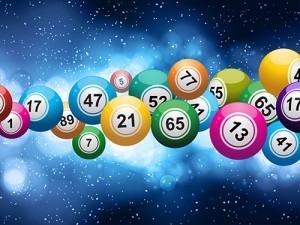In light of smoking bans, high taxation and the growth of online gaming, is land-based bingo still a viable business?


THE bingo sector was hit with a ‘perfect storm’ of problems a few years ago when smoking bans were introduced across the world, then the recession took its toll and – facing already stiff competition from other land-based forms of entertainment – online gaming emerged as a chief rival. Add to that the additional challenge of taxation, which in the UK at least, is higher than for other forms of gambling, and the picture isn’t a particular positive one.
There are, however, signs that the bingo industry is far more resilient than was first thought. Because of its typically older customer base, the ban on smoking was expected to damage the sector far more profoundly than others. It is difficult to know whether it is the smoking ban itself that has fueled club closures, or – the more likely – a combination of those other factors also. That online gaming has emerged as a major force within the industry is perhaps no coincidence – now people can play bingo from the comfort of their own homes where, the fact is, they can smoke as much as they like and they don’t have to worry about the additional costs of ‘going out.’
But that, of course, misses the point. For many, bingo is a social affair and certainly among older players is considered an important leisure activity. There are indications that the sector is once again attracting customers through the door.
“There’s no doubt that when the ban came in there was a big decline in the number of people heading to the bingo hall, particularly with research at that time showing that a high proportion of players were smokers,” said Francis Davis, sales and marketing director at X2 Computing, a supplier of electronic bingo devices. “However, it seems that the bingo sectors on both sides of the Atlantic are making a comeback of sorts or at least reaching a point of stability. In the US several jurisdictions have completed studies showing a rebound after time.”
Read the full article in the July issue of InterGame.

